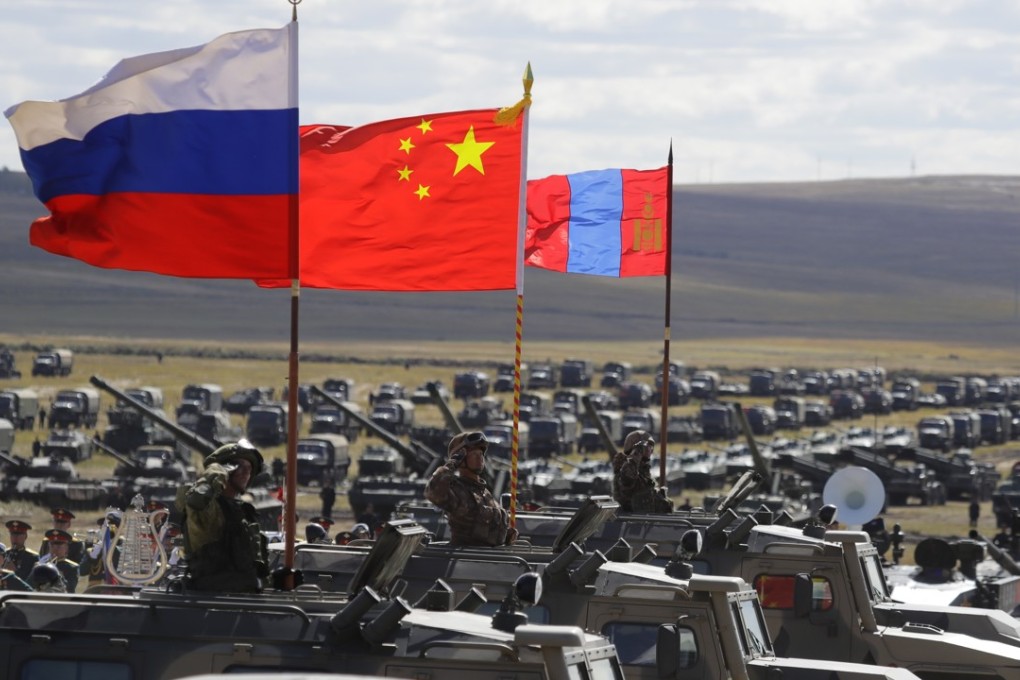Why China-Russia military exercises should provoke soul-searching in the West
Zhou Bo says the massive Vostok 2018 joint exercises were not just mutually beneficial to both countries in military terms but also signify a political rapprochement

Such exercises are significant to the PLA primarily for two reasons. First, only large-scale exercises can truly reveal the capacity of a military in terms of strategic planning, power projection, command, control and communication. Therefore, the more sophisticated the exercises, the better.
Since the PLA has not been involved in wars since 1980, its capacity building and operational readiness can only be verified through military drills. Russia was once a superpower. Its military doctrine and lessons learned from wars in Chechnya, Georgia and Syria could be useful to the PLA.
Secondly, these exercises are meant to address large conflicts rather than non-traditional threats such as terrorism, piracy and natural disasters. The PLA’s military exercises with foreign armed forces are nothing new – China and Kyrgyzstan started a joint drill in 2002 – but most are still focused on preparing for non-traditional threats.
Today, China is still not fully reunified, as some Chinese territories remain occupied by other countries. If large-scale conflicts or wars cannot be ruled out in the future, then such sophisticated exercises with Russia involving different services and arms are certainly good practice for the PLA.
However, the gains of China’s participation in the Russia-led military exercises should not be seen as one-sided. Thanks to China’s ever stronger defence industry, the PLA is growing rapidly. For example, tanks and armoured vehicles made in China have proven to be as good as those made in Russia in multinational military contests.